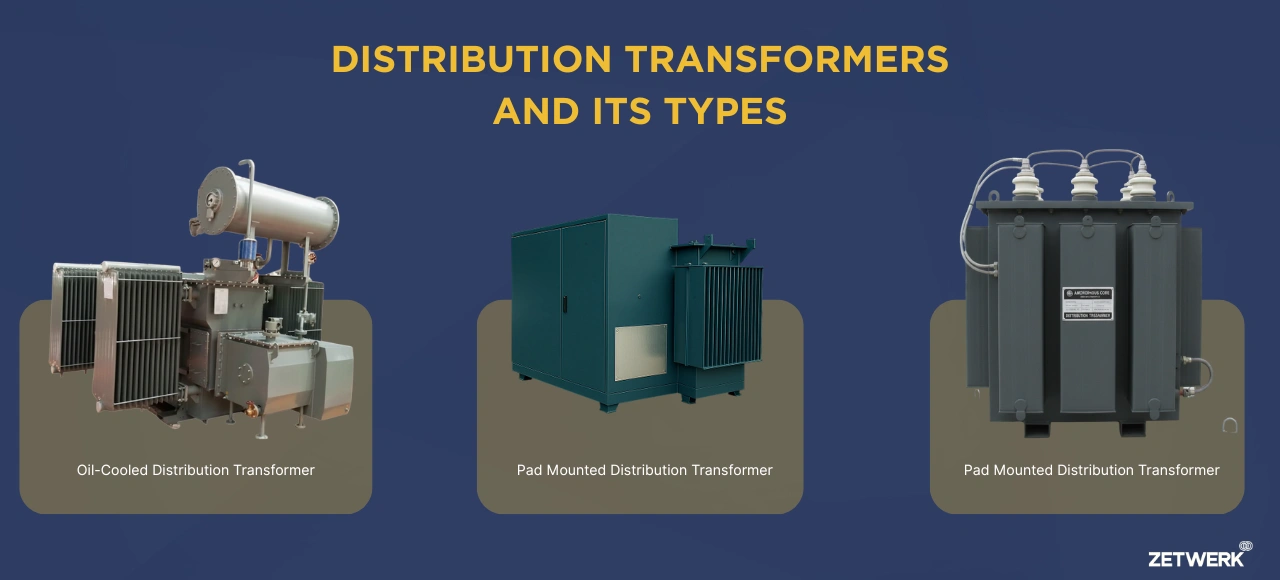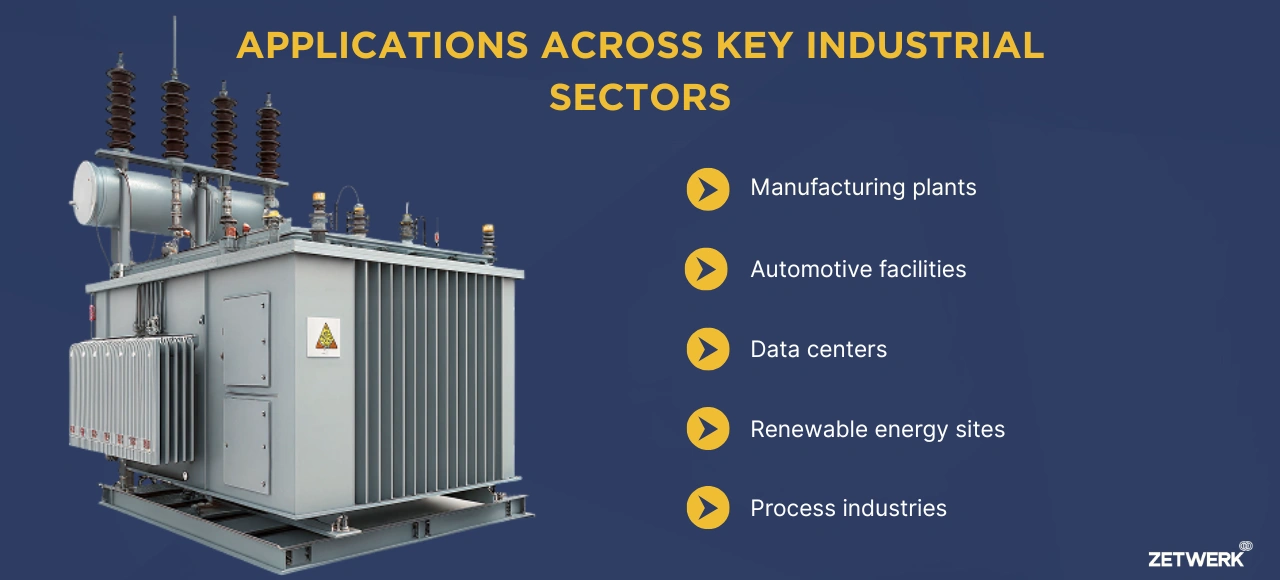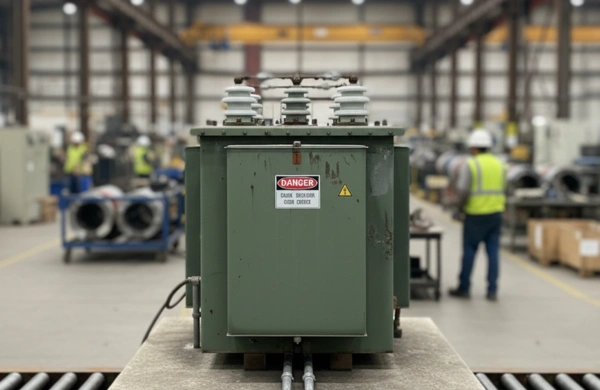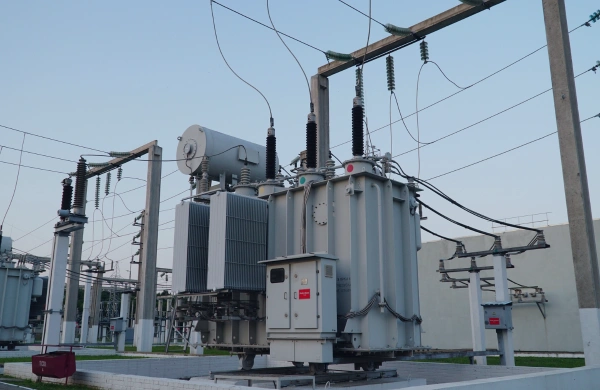As industries continue expanding production capacity and adopting more electrified operations, the need for reliable distribution transformers has never been greater. Factories, data centers, renewable energy plants, and large manufacturing facilities depend on dependable power distribution networks to ensure safe, efficient, and uninterrupted operation.
Know About Reliable Distribution Transformers to Power Industrial Growth
Behind this reliability are manufacturers capable of engineering precision-built transformers that balance cost, performance, and long-term durability. For decision-makers in procurement and engineering, partnering with a trusted distribution transformer manufacturer can directly influence productivity, energy efficiency, and equipment life cycles.
The Role of Distribution Transformers in Industrial Infrastructure
A distribution transformer plays a central role in stepping down voltage from the transmission network to usable levels for industrial or commercial facilities. These units form the backbone of power distribution—ensuring energy is delivered safely and efficiently to motors, drives, production lines, and control systems.
In industrial environments, transformers must endure continuous loading, voltage fluctuations, and ambient challenges such as heat, dust, or humidity. A well-engineered distribution transformer is not just a power component; it’s a reliability asset that ensures uptime, protects downstream equipment, and supports long-term operational stability.
Distribution Transformers and its Types
Different facilities require different configurations. The most commonly deployed variants in industrial power systems include:


Oil-Cooled Distribution Transformers
Oil-cooled designs remain the most widely used in heavy-duty applications. They provide superior heat dissipation, making them ideal for high-load and outdoor environments. These transformers use mineral- or ester-based insulating oil for thermal management and insulation strength.
Pad-Mounted Distribution Transformers
For urban, commercial, and industrial facilities requiring compact installations, pad-mounted distribution transformers are a practical solution. Housed in tamper-proof enclosures and installed at ground level, they provide a safe and aesthetic power solution, especially for manufacturing campuses, logistics centers, and industrial parks.
Amorphous Core Distribution Transformers
Efficiency-conscious buyers increasingly turn to amorphous core distribution transformers. These transformers use special metal alloys that greatly lower energy losses when not in use, which helps businesses achieve their sustainability and energy-saving goals while also reducing costs over time.
What Industrial Buyers Should Look for in a Transformer Manufacturer
For engineering and procurement teams evaluating distribution transformer manufacturers, certain benchmarks help ensure long-term value:
1. Engineering & Customization Capabilities
Industrial power systems are rarely identical. Manufacturers should have the capability to engineer transformers according to specific voltage classes, ambient conditions, and load cycles. Custom cooling systems, protection devices, tap changers, and winding materials should be optimized for each application.
2. Compliance & Testing
Distribution transformers must meet recognized standards—such as ANSI, IEEE, IEC, and DOE efficiency norms. Comprehensive testing (routine, type, and special tests) is essential to validate design reliability and quality assurance.
3. Material and Manufacturing Quality
Core materials, insulation systems, winding precision, and tank fabrication all determine long-term performance. Manufacturers with integrated facilities for core cutting, coil winding, assembly, and final testing ensure complete quality control from design through delivery.
4. Proven Track Record and Delivery Capability
Transformer procurement often involves large, schedule-sensitive projects. Evaluating a manufacturer’s ability to deliver on time, handle logistics, and offer installation support is as important as technical compliance.
Why North American Industries Choose Zetwerk
Zetwerk serves as a trusted partner for manufacturing distribution transformers for industrial customers across North America—providing reliable, type-tested transformers built for heavy-duty, continuous operation.
- Zetwerk’s advanced production facilities control all major processes, from core fabrication and winding to assembly, oil filling, and testing.
- Transformers are designed and tested to meet ANSI, IEEE, and IEC standards, which helps ensure they work reliably and can be used worldwide.
- Zetwerk designs each transformer to fit the unique voltage, environment, and performance requirements of industrial clients, whether it’s oil-cooled or dry-type, pad-mounted or amorphous-core.
- Reliable Supply for North America: With proven logistics and export capabilities, Zetwerk ensures on-time delivery and full documentation support for EPCs, OEMs, and industrial end users.
- Long-Term Partnership Focus: From technical consultation to after-sales service, Zetwerk aligns with its customers as a dependable manufacturing partner—not just a component supplier.
Applications Across Key Industrial Sectors


Zetwerk’s distribution transformers support critical industrial operations across:
- Manufacturing plants: Continuous power for assembly lines, control systems, and machine tools.
- Automotive facilities: Voltage regulation for robotics, painting, and testing lines.
- Data centers: Stable, efficient power distribution for high-demand IT infrastructure.
- Renewable energy sites: Step-up and step-down transformers integrated into solar and wind energy systems.
- Process industries: Chemical, food, and pharmaceutical plants requiring uninterrupted power for controlled processes.
Zetwerk’s proven design and manufacturing practices ensure performance reliability, low losses, and robust construction for each application.
Advancements in Transformer Efficiency
Innovations such as amorphous core transformers have gained traction as industries strive for lower carbon footprints and greater energy efficiency. Amorphous materials can reduce no-load losses by 60–70% compared to conventional cores, resulting in annual energy savings and reduced CO₂ emissions.
Zetwerk incorporates such materials and high-efficiency winding designs into its portfolio to help industries align with sustainability and cost-efficiency goals.
Choosing the Right Distribution Transformer for Your Facility
Industrial engineers should consider the following factors when specifying a transformer:
- Voltage Class and Load Profile: Match the transformer to operational voltage and load conditions.
- Cooling Type: Oil-cooled units for high-duty cycles; dry-type or pad-mounted for enclosed spaces.
- Efficiency Class: Evaluate both no-load and load losses over the expected service life.
- Installation Environment: Consider factors like altitude, ambient temperature, vibration, and contamination.
- Service and Warranty: Ensure ongoing technical support and access to maintenance expertise.
Selecting a manufacturer who can guide you through these decisions ensures optimized performance and long-term reliability.
Contact Zetwerk
If your facility is planning an expansion, upgrading existing power systems, or setting up new industrial infrastructure, ensure your distribution transformers are engineered for reliability and long-term efficiency.
Partner with Zetwerk—a trusted distribution transformer manufacturer supplying tested, durable, and efficient solutions for North American industries.
Reach out to our team today to discuss your specifications, request detailed documentation, and explore transformer solutions optimized for your operations.




FAQs
A. A distribution transformer steps down high-voltage electricity to lower voltages suitable for industrial and commercial use, ensuring efficient and safe power delivery.
A. Power transformers operate at high voltages and are used in transmission networks, while distribution transformers handle lower voltages for end-use applications in industrial and commercial facilities.
A. Amorphous core transformers reduce core losses significantly, improving energy efficiency and lowering operating costs over time.
A. Pad-mounted transformers are commonly used in manufacturing parks, logistics centers, and data centers where compact, ground-level installations are preferred.
A. With proper maintenance, oil-cooled distribution transformers can serve reliably for 25–30 years, even under continuous industrial operation.







